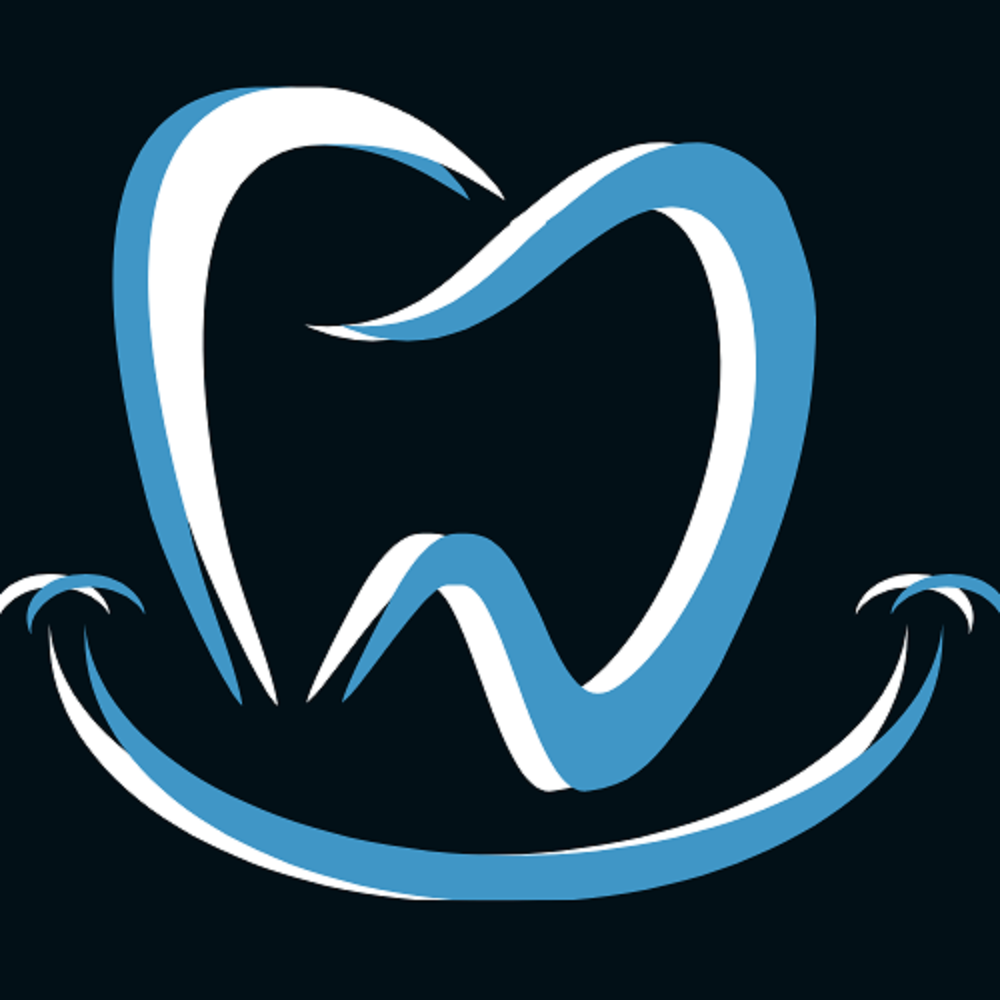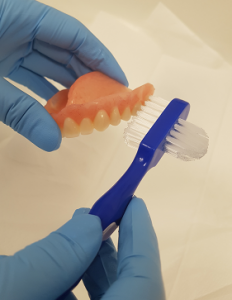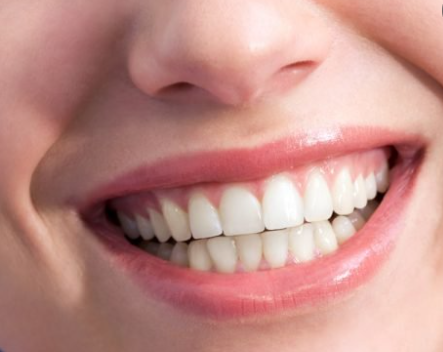Flossing, like anything else that is good and healthy in life, takes some time and isn’t very enjoyable. Don’t get me wrong: it’s not a time-consuming chore-like shaving every morning. However, it is one of those small routines that we always attempt to shorten or avoid (period).
The only time most individuals get a buzz and feel inspired to floss is in the evening after a dental appointment. On the same day, the dental hygienist gave you a brief lesson on the importance of flossing.
After a visit to the dentist, the triggering mechanism for late-night floss is commonly stated, such as “oh wow, I’ve never seen such bad teeth hygiene before.” At least for me, shaming is always effective.
So, you get home after your dentistry lesson in the evening and decide to floss. And then you floss. However, as time passes, you become too lazy to floss, and you forget to do so. Not only that, but you appear to have forgotten why flossing is so vital.
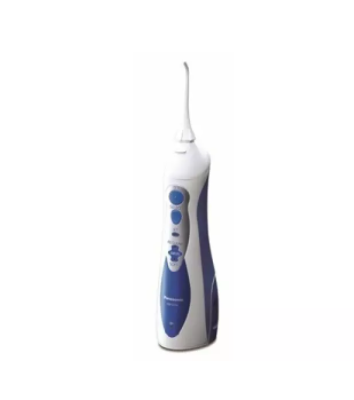
Why Water Flossing?
What Is the Purpose of Water Flossing?
- Floss is a dental floss that cleans between the teeth.
- Flossing can get rid of up to 40% of bacteria and plaque on your teeth.
- Flossing gets into places where brushing can’t.
- Gums are protected.
- Can help you save money.
- Helps in the prevention of various diseases.
- Tartar accumulation is avoided.

I do, however, brush my teeth twice a day, Doc. My teeth are as white as snow, and my mother claims that my grin can light up even the darkest of spaces.
Brushing your teeth helps to whiten them, freshen your breath, and clean the outer surfaces. You do, however, need the extra floss, contrary to what late-night electric toothbrush infomercials imply.
Flossing is an interdental cleaner that cleans the tight spaces between teeth as well as the little gap between the gums and the teeth. Those areas are beyond the reach of any expert brushing method. Furthermore, no mouthwash can entirely remove tartar or food particles lodged between teeth.
Plaque and tartar that forms between the teeth are almost imperceptible to the naked eye. This is why many individuals forget to floss. Each tooth, on the other hand, has five surfaces. Two of those five surfaces stay filthy if flossing is skipped.
Flossing is also linked to the development of a number of illnesses. Periodontitis is one such condition that affects over 34% of the US population aged 30 and up. Gingivitis is the first stage of this disease, which progresses to a serious and destructive inflammatory disorder that affects the periodontal tissue. This is how a tooth or two gets lost.
Furthermore, recent clinical research demonstrates that bacteria in the mouth that are bad might impact other regions of the body. To name a few, heart disease, diabetes, and respiratory diseases.
Flossing, of course, can help you save money. On the one hand, there are the ever-increasing health-care costs. On the other side, dental insurance benefits are steadily decreasing. Dentist appointments should be reduced to a bare minimum, given the current state of affairs. You must take oral health into your own hands in order to do so.
According to recent figures, dental emergency visits in the United States can cost up to ten times as much as routine exams.
But first, complete reading this tutorial before flossing.
What Is Water Flossing?
Water flossing is a method of oral hygiene. The goal is to remove plaque, tartar, and food particles from between your teeth and gum line, much like any other flossing technique.
You’ll need a dental device if you want to floss with water. Oral irrigators or water flossers are examples of such devices. Our top ten list of water flosser reviews can be found here.
Benefits of Water Flossing
- More gentle on the teeth and gums then string floss.
- Easy to floss technique.
- Healthier teeth and gums.
- Natural whitening.
- More effective than brushing.
- Prevents oral diseases.
- Ideal for people with braces.
The Anatomy Of A Water Flosser
There are 3 types of oral irrigators for use at home: countertop, cordless and attachable (shower and faucet).
Oral irrigators come in three varieties for usage at home: countertop, cordless, and attachable (shower and faucet).
Each category is based on the same practical concept. To clean the space between the teeth and gums, they all blast forth thin jets of pulsing water. They do, however, differ in terms of size, functionality, and usability.
Irrigators that are cordless and attachable are ideal for traveling. They are compact and little. Allowing them to fit inside your luggage with ease. Let’s take a look at how each type’s parts are put together.
Countertop Water Flossers
This is the most powerful and well-equipped of the three types of water flossers. It’s also the one that prefers to stay at home rather than accompany you to the highest peaks of the Alps or the deepest reaches of the Amazon jungle.
Big, heavy, and noisy are three words that come to mind when describing this type. But it’s also tough and durable. So, if asked again, I’d argue that five words, not three, are required to describe it.
The following items are included in each countertop water flosser:
A water tank is sometimes known as a reservoir. This is, unsurprisingly, where your flossing water is stored.
The reservoir lid is a crucial component for keeping dust and debris out of the water tank. It is currently fairly typical on all models from all brands. It’s also a good idea to keep it closed all the time.
A variety of water flossing tips can be found in the tip container. The very minimum is usually two tips, but some models come with as many as ten. I’m not sure what you’ll do with them, but having spears is usually a smart idea.
This is the final frontier: flossing tips. Floss is available in a variety of tips. The “pik pocket tip,” for example, is ideal for delivering water into periodontal pockets. If you have braces, you should utilize a “orthodontic tip.”
If your device lacks an on/off switch, you’re in big trouble.
Unlike other countertop units, this one has different pressure settings. This is how you control the water stream’s strength. You should always start with a low pressure setting and work your way up to the more powerful pressure levels, based on your gum sensitivity.
Handle – a cord connects the model to the handle. The majority of newer versions have handles that may be used to turn on and off the water stream. This makes the entire flossing process more convenient.
Also, the handle is where you attach the flossing tips. In that sense, every handle should have some sort of “eject” push button to help attach and remove the tips.
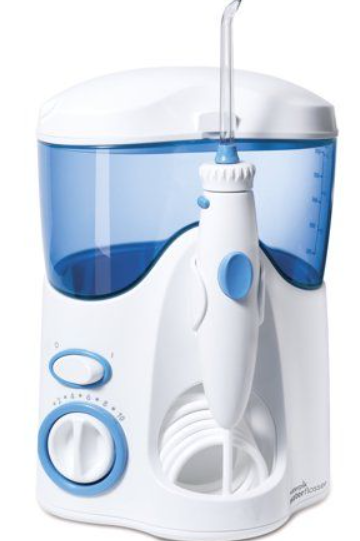
Cordless Water Flossers
The majority of cordless water flossers are quite conventional. Water tank capacity, pressure settings, and battery life are frequently different. Furthermore, some may not include rechargeable batteries. However, here’s what to expect when unpacking a cordless device:
The water flosser itself (water reservoir included)
The flossing tips are replaced by a water flosser nozzle. Some units have only one, while others have two.
Standard AA batteries are typically used.
Charger – some versions have their own charger. This feature isn’t available on every cordless device. You should look for a device that can recharge its batteries if at all possible. As well as being able to function when directly connected into an outlet.
Unlike countertop oral irrigators, everything is on the handle in this case. The complete apparatus consists of a handle with a water tank attached. The primary component of the unit houses the pressure settings, on/off button, and nozzle attachment.
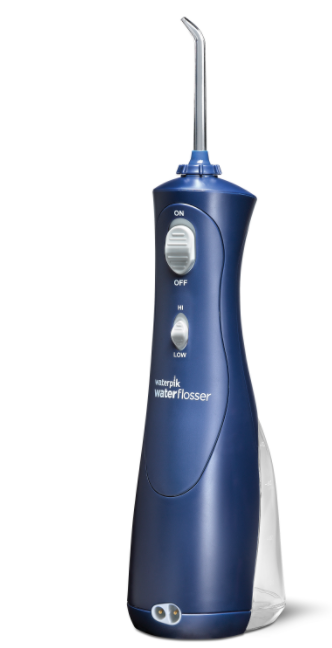
Attachable (Shower/Faucet) Water Flossers
These types are also quite useful for traveling. Except for an already existing stream of water, they don’t require an energy source. As a result, all you have to do is plug them into your shower head or kitchen/bathroom faucet and they’ll start working right away.
These are also the most affordable oral irrigators, and for good reason. Manufacturing them takes less time and money. They also don’t employ any high-tech equipment. Unless you choose the Waterpik WP-480, which isn’t on our list of recommended models.
This and a few more types are almost identical to cordless units. Only a water tank is missing. The showerhead still has this device attached to it. The pressure stream may be controlled from the handle, and it still has batteries.
It lacks a water tank because it does not require one. It makes use of the shower’s direct water stream.
Other devices, such as the ShowerBreeze, don’t have water tanks. So there’s nothing to clean up afterward. You also don’t have to worry about bacteria growing on the device if you don’t wash it promptly after use.
In fact, with this style of flosser, you get less of everything. As a result, there is less of a concern of breaking something.
Attachable water flossers of both types are simple to set up. A bachelor’s degree in engineering is not required.
How Often Should You Floss?
Oral flossing should be done once a day, according to the American Dental Association (ADA). This isn’t to say you shouldn’t brush your teeth. Rather, it implies that flossing should be done in tandem with brushing. Of course, not at the same moment. However, if you do manage to pull it off, please sure to record it and send it to us!
Do you floss before or after brushing your teeth? Who came first, the chicken or the egg? Due to a lack of experience on the second question, we’ll only stick to the first.
According to a 2015 study, 53% of adults clean their teeth before flossing. People floss before brushing in 47 percent of cases. So, who is correct and who is incorrect?
Nobody, to be honest. You’re on the right track as long as you floss. It makes no difference whether you do it in the evening or in the morning. As long as you do it once a day, it’s fine. Work around your schedule to see when you have a few minutes to floss.
How To Floss Like A Boss
You must first ensure that you have a source of water, regardless of which oral irrigator you choose. Make sure the water tank is full if you’re using a cordless or countertop gadget. A small line with the word “max” indicates how much water you should fill in. If you’re using a shower or faucet, make sure it’s connected.
Warm water is usually recommended for flossing, whether or not your teeth are sensitive. Also, tap water is quite acceptable. There’s no need to floss with distilled water.
Set the pressure on your flosser to the desired level if it has more than one pressure setting. I propose that you start at a lesser level and experience how it feels against your gums and teeth. After that, you can modify the pressure according on the tip you’re using and the sensitivity of your teeth.
Make sure your thumb is always near the “pause” button when flossing. The device’s handle is usually where you’ll find it.
Keep your lips slightly closed while washing to avoid splashing and causing a mess in your bathroom. Also, stay away from the sink. The water stream will now be able to flow down and into the sink. Unless you’re flossing in the shower. Splash as much as you want in that situation.
Make sure you clean both sides of your teeth. It does not matter whether you start from the bottom or the top. It also makes no difference if you go clockwise or not. Just make sure you work your way around each tooth and carefully spray between them.
The following image should give you a good idea of how to properly floss around each tooth.
Here is a how to use video for one of Waterpik’s products.
(https://www.youtube.com/watch?v=tmBcEf2jfks)
Buying guide
Water flossers are a convenient and affordable approach to maintain proper dental hygiene at home. Now that you’ve learned about all four varieties, it’s time to decide which one best suits your needs.
When making a decision, consider the following factors:
Type
What are your requirements? Do you travel frequently? Do you intend to use the flossing device only at home, or do you like to bring it to work with you?
Answering the above questions can easily assist you in determining whether or not you require a cordless device. They are excellent, but they lack the power of the countertop units.
Noise
It’s also important to think about your surroundings. Electric motors are used in countertop models, and the most of them are quite loud. Let’s just say that it might arouse folks in close proximity.
In comparison to countertop flossers, faucet and shower flossers are like ninjas sneaking through the cracks to steal your cookies. By default, the only sound they make is the stream of water that emerges from the tip.
Single-Use or Multi-Use
Countertop flossers are the best option if you’re looking for a family solution. At least four different color-coded tips are usually included. This enables multiple household members to use the same water flosser.
Get a cordless gadget if you don’t enjoy sharing. They normally arrive at your house with two suggestions.
Price
The difference in price between a low-end faucet flosser and a high-end countertop flosser can be as much as $80. Know your budget, know your requirements, and study the product reviews.
